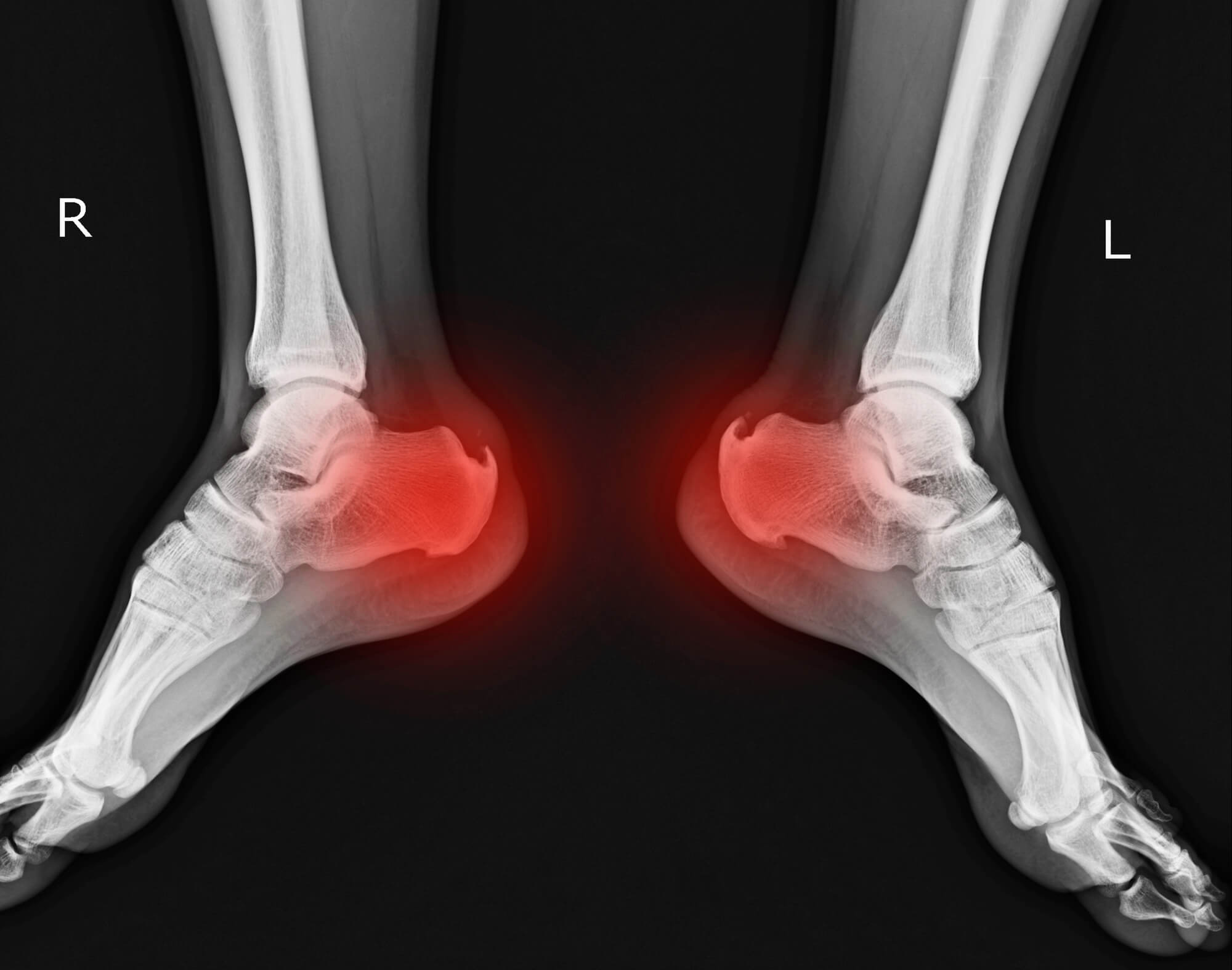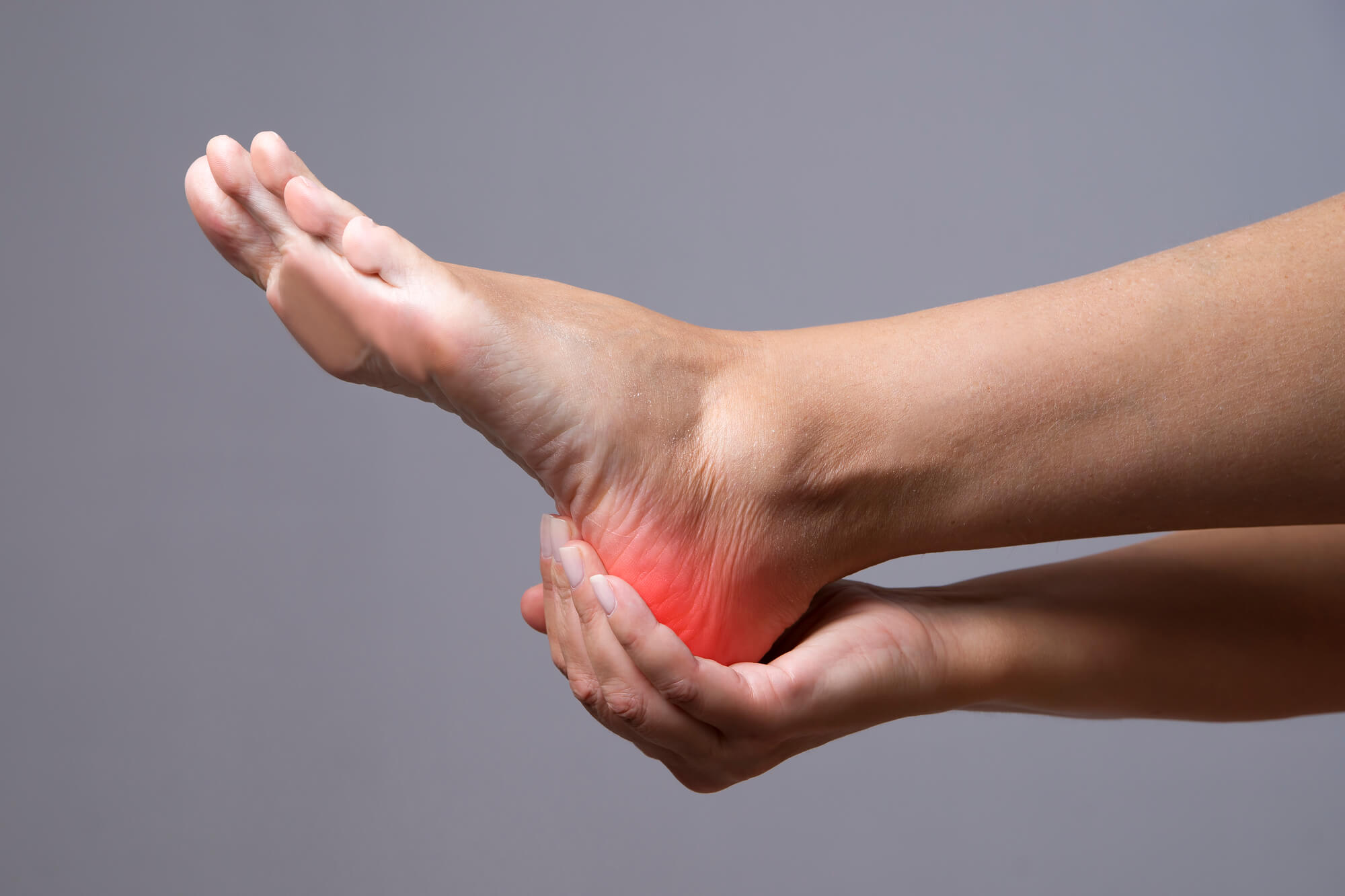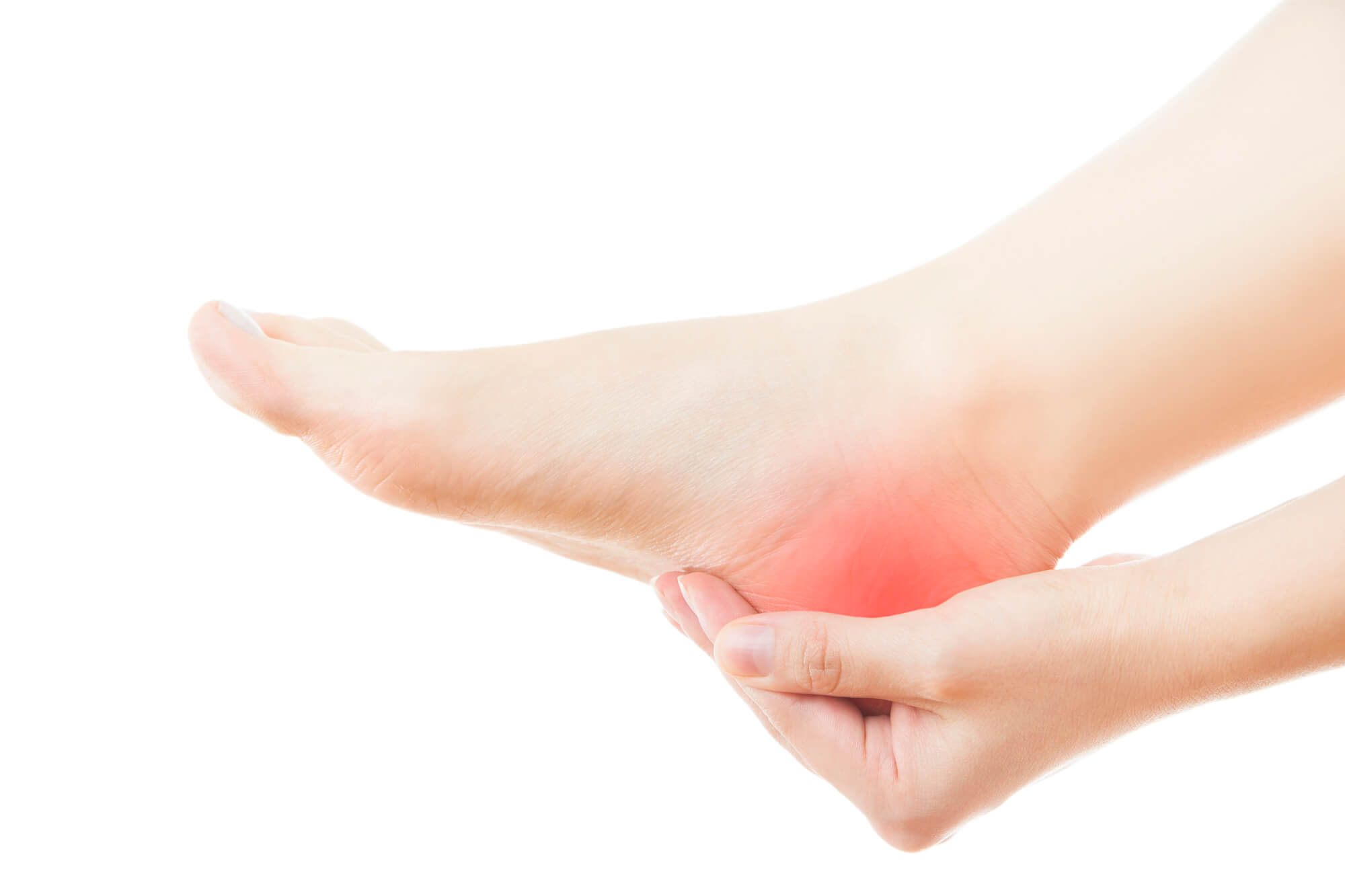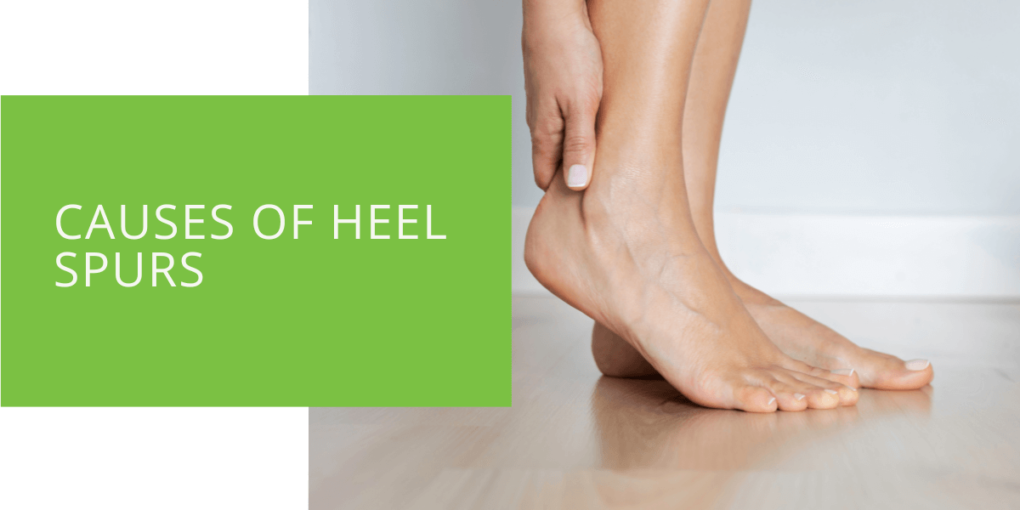Causes of Heel Spurs
Heel spurs are small, bony protrusions that form on the heel bone. They can be painful and cause inflammation in the heel, making it difficult to walk or stand for long periods. Heel spurs are relatively common and can affect people of all ages, though they are more likely to occur in older adults.
If you are experiencing heel pain, you must see a podiatrist or other medical professional to determine the cause and receive proper treatment. This article will discuss the various causes of heel spurs and provide tips on preventing them. We will also outline the treatment options for those with heel spurs.
What Are Heel Spurs?
Heel spurs are small protuberances that form on the heel bone. They are typically made of calcium and range from a few millimeters to several centimeters. Heel spurs are normally not visible to the naked eye and can only be seen on an X-ray.
Heel spurs are caused by repetitive stress on the heel bone, which can lead to the formation of excess bone tissue. This excess bone tissue can then form into a spur. Heel spurs can be painful and cause inflammation in the heel, making it difficult to walk or stand for long periods.

What Causes Heel Spurs?
Several factors can contribute to the development of heel spurs. Some of the most common causes include:
Improper Foot Mechanics
People with flat feet or high arches are more prone to developing heel spurs. Flat feet can cause the arch of the foot to collapse, placing extra stress on the heel bone. High arches can cause the foot to roll inward, placing additional stress on the heel bone.
Overuse Injuries
Activities involving repetitive stress on the heels, such as running, dancing, and standing for long periods, can increase the risk of developing heel spurs. People who participate in these activities regularly are more likely to develop heel spurs.
Obesity
Carrying excess weight places additional strain on the feet and heels, increasing the risk of developing heel spurs. Losing weight can help reduce the risk of developing heel spurs.
Age
As we age, our feet become less flexible and more prone to injury. This increased risk of injury can lead to the development of heel spurs.
Tight Calf Muscles
Tight calf muscles can cause the foot to roll inward, placing extra stress on the heel bone and increasing the risk of heel spurs.

Preventing Heel Spurs
You can do several things to help prevent heel spurs' development. Some of the most effective prevention strategies include:
Wearing Proper Footwear
It is important to wear shoes that provide good arch support to help prevent heel spurs. Shoes with good arch support can help distribute the body's weight more evenly across the foot, reducing the risk of heel spurs.
Stretching the Calf Muscles
Regularly stretching the calf muscles can help prevent the development of heel spurs. Stretching the calves can help improve flexibility and reduce the risk of injury.
Maintaining A Healthy Weight
Carrying excess weight can increase the risk of developing heel spurs. Maintaining a healthy weight can help reduce the risk of heel spurs and other foot problems.
Avoiding Activities that Put Excessive Strain on The Heels
Activities that involve repetitive stress on the heels, such as running, dancing, and standing for long periods, can increase the risk of heel spurs. If you participate in these activities regularly, it is important to take breaks and stretch to help prevent heel spurs.

Treatment of Heel Spurs
If you already have heel spurs, there are several treatment options available to help alleviate pain and inflammation. Some of the most common treatment options include:
Rest and Ice
Resting and icing the heel can help reduce inflammation and pain. It is important to give the heel time to heal and avoid activities that put excessive strain on it.
Stretching and Physical Therapy
Stretching and physical therapy can help improve flexibility and reduce the risk of heel spurs. A physical therapist can teach you stretches and exercises to help strengthen the muscles in your feet and legs.
Orthotic Inserts
Orthotic inserts are special shoe inserts that can help provide extra arch support and cushioning. They can help reduce the pain and inflammation associated with heel spurs.
Pain Medication
Over-the-counter pain medication, such as ibuprofen, can help reduce inflammation and pain. It is important to follow the dosage instructions on the bottle and not take more than the recommended amount.
Surgery (in Severe Cases)
In severe cases, surgery may be necessary to remove the heel spur. Surgery is typically only recommended if other treatment options have not successfully reduced pain and inflammation.

Conclusion
Heel spurs are small, bony protrusions that form on the heel bone. They are caused by repetitive stress on the heel bone and can be painful and cause inflammation in the heel. Several factors can contribute to the development of heel spurs, including improper foot mechanics, overuse injuries, obesity, and age. To help prevent heel spurs, it is important to wear shoes with good arch support, stretch the calf muscles regularly, maintain a healthy weight, and avoid activities that strain the heels excessively.
Several treatment options are available if you already have heel spurs, including rest and ice, stretching and physical therapy, orthotic inserts, pain medication, and surgery (in severe cases). If you are experiencing heel pain, you must see a podiatrist or other medical professional for proper diagnosis and treatment.
FAQ
What are heel spurs?
Heel spurs are small protuberances that form on the heel bone. They are typically made of calcium and can range from a few millimeters to several centimeters. Heel spurs are caused by repetitive stress on the heel bone, which can lead to the formation of excess bone tissue. This excess bone tissue can then form into a spur.
What is the plantar fascia?
The plantar fascia is a thick band of tissue that runs along the bottom of the foot, from the heel to the toes. It helps to support the arch of the foot and provides cushioning. Heel spurs can occur when the plantar fascia becomes strained or inflamed.
Are heel spurs and bone spurs the same thing?
Heel spurs and bone spurs are similar, but they are not the same thing. A heel spur is a small, bony protrusion that forms on the heel bone. A bone spur is a bony protrusion that can form on any bone in the body.
What is the relationship between spurs and plantar fasciitis?
Heel spurs and plantar fasciitis are often related. Plantar fasciitis is when the plantar fascia becomes strained or inflamed. This strain or inflammation can lead to the development of heel spurs.
What is a ligament?
A ligament is a tough, fibrous band of tissue that connects bones to other bones. Ligaments help to hold bones together and provide stability. In the case of heel spurs, the plantar fascia is a ligament that connects the heel bone to the toes.
How does gait affect heel spurs?
Gait, or how a person walks, can affect the risk of developing heel spurs. People with flat feet or high arches may be more prone to developing heel spurs due to the extra strain placed on the heels. Improving gait through exercises and proper footwear can help reduce the risk of heel spurs.

